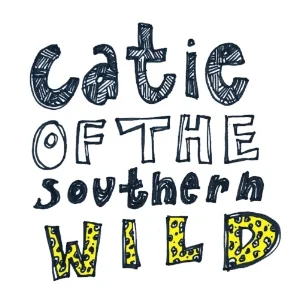Once upon a time, long before blogs and tweets and predictive text, words ran wild.
As sacred vectors of meaning and story, they could do pretty much whatever they pleased - just look what they cooked up with Shakespeare.
Yes, it was giddy time for words. They threw parties, got together in sentences, paragraphs and pages - not to persuade or cajole - but for the love of a story.
People gathered to listen, transfixed, down to the last fidgety kid.
But then came the copywriters, the marketers, the rouge business moguls who saw the potential of words to sell. And so they tamed them. Kept them caged in clunky sales funnels; downtrodden in drip lines.
Fed hyperbole and cheese, words soon lost their chutzpah and became the meek, mediocre messengers we see today.
Well, mostly.
Gaggles of wild words still exist online, in print, in libraries - you’ve probably seen them; they catch the eye. Colourful and shapely. Dynamic and engaging. They make music and pictures and stick fast in the mind.
Wild words captivate readers and hold their attention far, far longer than their modern copy counterparts - bred specifically for that purpose. Ironic, ain’t it?
This is a place of wild words, where stories come first and sales follow, naturally.

